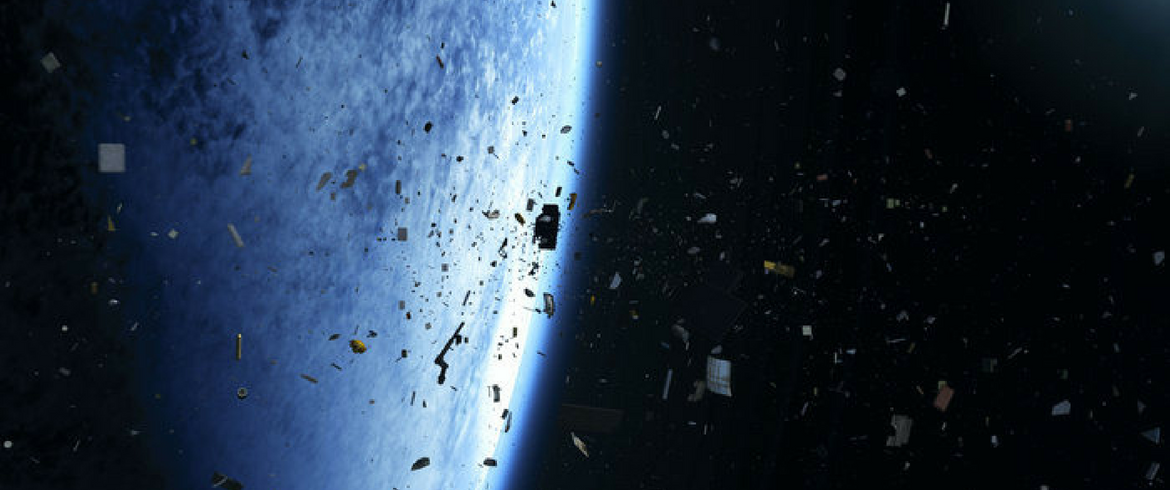The junk emergence is something that threatens Earth and not only. Also Space needs help and, above all, it needs to be cleaned!
Space problems are not always enough discussed. They are usually felt as something distant, as something that does not directly touch us, but it is not quite so. Thanks to events and conferences such as the International Space Conference or the European Conference on Space Debris, we have the opportunity to talk about the risks for spatial activities and population. Can you even imagine it? Billions and billions of junk objects constantly orbiting around our planet. A layer beyond the atmosphere just made out of garbage.
Why is Space junk so dangerous?
Experts from all over the world send the alarm: launcher fragments and former satellites threaten human activities, the good state of satellites and other instruments in use and most of all are dangerous for the astronauts during their Space missions and the civil population due to spatial storms.
The risk is real and urgent, as the recent ruin of the Russian satellite Blitz demonstrates: it crushed into the fragments of a former Chinese satellite. There was also the failure of the launch of a Russian rocket that would set a satellite for telecommunications named Intelsat 27. It happened in 2013 and it went lost somewhere in the Pacific Ocean. All these things complicate the job of the astronauts and can compromise also our telecommunication systems, with all of its consequences. Not to underestimate.
Here there is a short video from April 2017. It resumes the Space junk problem.
Another last example. Impressive is what happened on 23 August 2016: a collision between a just a few millimetres long debris and the satellite Sentinel-1A caused a 40 cm damage to its solar panel. This modified its inclination, its orbit and also its power. The problem is that there are millions of debris and fragments from just a few millimetres to some metres long travelling at a speed of km per second, looking like small or big bullets. Every moment there is the risk of a collision that creates further fragments and damages to satellites and other instruments in use orbiting together, compromising the missions of the astronauts. If satellite Sentinel-1A was hit by a bigger debris, the damages would have been irreversible.
To make things worse is the fact that most debris orbit without control. This threatens the astronauts in their missions, besides satellites and spatial stations. While coming back to Earth, the instruments that can be controlled are led to a specific area in the Pacific Ocean, but what about the others? Every year Spatial garbage and little meteorites go through the atmosphere. The smallest crumble, while the biggest ones fragment and can fall anywhere on the Earth surface, with the risk (even if very little) to hit people and moving objects.
How can we clean up the space?
How can we reduce this Spatial junkyard? This is what experts from all over the world have been thinking about recently. From Lombardy comes the project named D-Orbit, little launchers that should make the garbage fall on Earth, while ESA proposes its Clean Space project. Other projects such as a laser ray that would make debris go out of orbit and a harpoon are possible solutions. We really hope their realisation will help saving Space!
Cover photo: photo by esa.int
